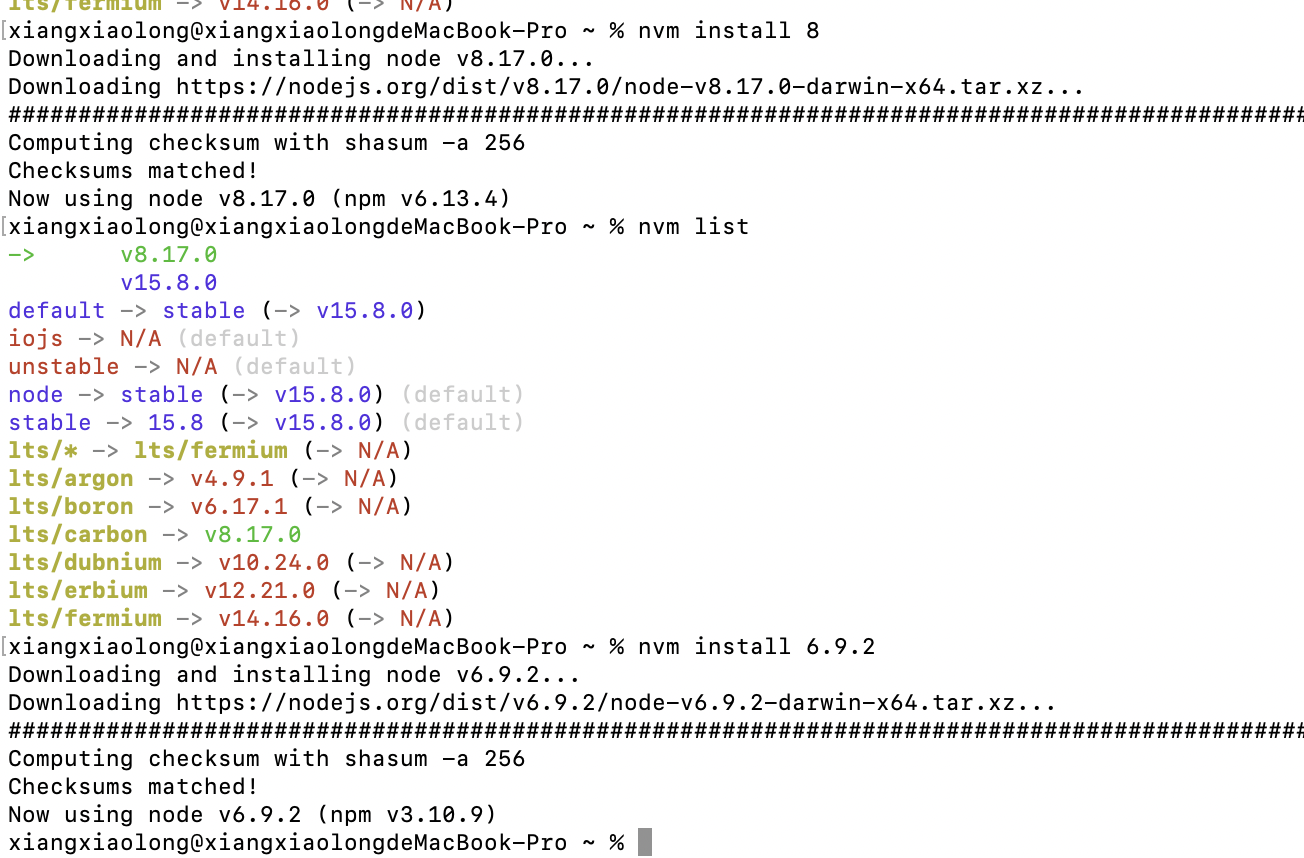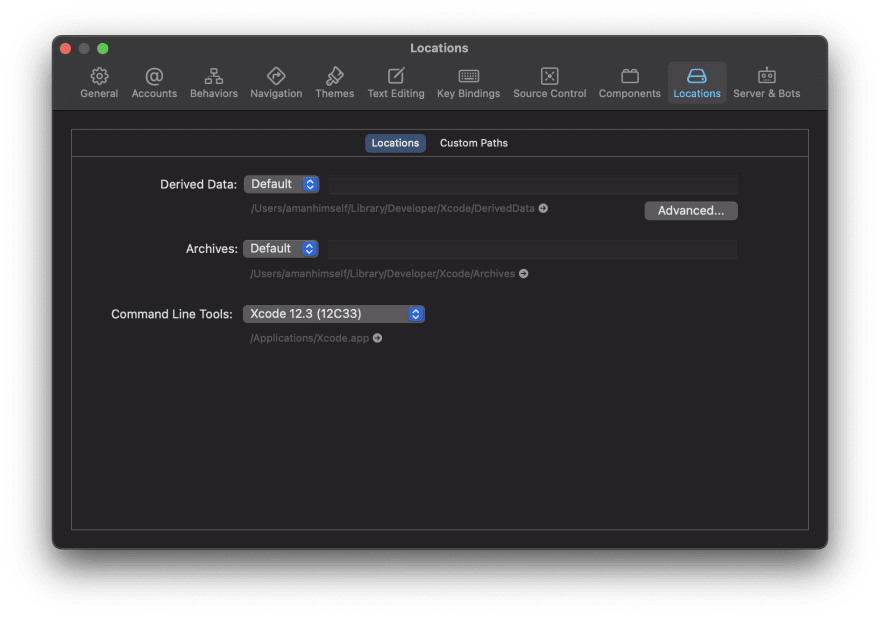

- Node.js for mac m1 how to#
- Node.js for mac m1 mac osx#
- Node.js for mac m1 install#
- Node.js for mac m1 update#
- Node.js for mac m1 zip#

Search for "chilkat" in npm to find supported operating systems and Node.js versions.įreeware classes include: Atom, Cert, CertChain, CertStore, Csv, Pfx, PrivateKey, PublicKey, Rss, Spider, TrustedRoots, Upload, Xml, JsonObject.
Node.js for mac m1 zip#
And like Homebrew, you can easily do this using a command similar to the way you installed it: $ nvm uninstall Īnd a complete example of this might be something like: $ nvm uninstall v0.12.Classes for Asn Atom AuthAws AuthAzureAD AuthAzureStorage AuthGoogle Bounce Bz2 Cache Cert CertChain CertStore Charset CkDateTime Compression Encryption PKCS7 HMAC Encoding DigitalSignature Csv Diffie-Hellman DirTree Dkim Dsa Date/Time Ecc Email EmailBundle Ftp Gzip HtmlToText HtmlToXml HTTP S3 HttpRequest HttpResponse Imap JavaKeyStore JsonArray JsonObject Jwt Log POP3 SMTP Mailboxes Mht Mime Ntlm OAuth1 OAuth2 Pem Pfx PrivateKey Prng PublicKey Rest Rsa Rss SFtp Scp ServerSentEvent Socket TLS Spider Ssh SshKey SshTunnel Stream StringBuilder Tar Task TaskChain TrustedRoots UnixCompress Upload Url Xml XmlCertVault Xmp Zip ZipCrc ZipEntry
Node.js for mac m1 install#
It allows you to install multiple versions of Node on your system so you can easily switch from one to the other.Įventually, you'll probably want to get rid of one of the versions when you're done with it. The Node Version Manager (NVM) is almost as convenient as Homebrew, but in a different way. 1.Download nodejs Visit nodejs download page here Click on macOS Installer to download the latest version of node installable package. Assuming you used brew install node to install it, just execute this to get rid of it: $ brew uninstall nodeĪnd that's it! All traces of the executable will be gone from your system. The command to remove it is just as simple as the command to install it. The Homebrew method is arguably one of the easiest ways to get Node on and off your system. Confirm that you are using the latest version of Node and npm. Please let me know if you find any others (and how you installed Node originally)! Homebrew Installation Procedure 1.Download 1.Visit nodejs download page here 2.Click on macOS Installer to download the latest version of node installable package. Restart terminal and run the final command. This list should include just about all the references to Node on your system. Delete node.stp from /usr/local/share/systemtap/tapset/.Delete node_modules from /opt/local/lib/.Delete node.d from /usr/local/lib/dtrace/.
Node.js for mac m1 how to#

node_repl_history from your home directory npmrc from your home directory (these are your npm settings, don't delete this if you plan on re-installing Node right away)
Node.js for mac m1 update#
The following will update the local ports tree to get access to updated versions. Just keep in mind that these commands will remove the Node executable, and not necessarily all of the Node projects or NPM cache. MacPorts is the other package manager for Mac.
Node.js for mac m1 mac osx#
Here I'll be describing a few ways you can uninstall it from your Mac OSX computer. So, what do you do when you want to uninstall Node.js? nodemon is a tool that helps develop node.js based applications by automatically restarting the node application when file changes in the directory are detected. This could be from a package manager, from the source code, or from a pre-compiled binary distribution. If you read one of my earlier posts on how to install Node.js, you probably noticed there are quite a few ways to install it on your computer.


 0 kommentar(er)
0 kommentar(er)
